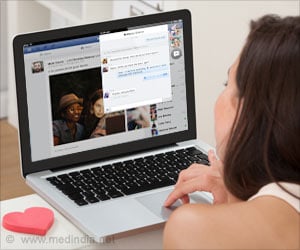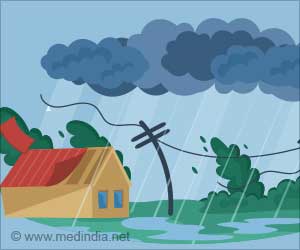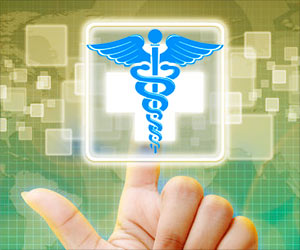Monitoring social media during hurricanes could help people to plan better during disasters. It also helps to understand the social cohesion among people during climatic disasters.

Twitter posts over the three hurricanes during 2017; Harvey (Texas), Irma (Florida), and Maria (Puerto Rico) were analyzed . The main goal of the study was to measure social cohesion; an important factor in community during severe weather events due to climatic change.
The method used involves combining and implementing text processing techniques and graph network analysis in order to understand the relationships between nine different categories of Twitter users during a hurricane.
The study includes the accounts of citizens, government, media , entertainment, business, sports, technology and education. By identifying the people who are behind the messages it helps the researchers to understand how authorities react to the messages and how people affected by hurricanes interact with them.
The visualization that was used in the study illustrates the connections between social media and participants and the degree of social cohesion during the hurricane timeline.
The glue that holds society together is known as social cohesion, it helps to reduce the number of vulnerabilities experienced by a community during a disaster and it also reduces the time taken to rebuild. It is said that the stronger the social cohesion is, the more resilient a community is.
Advertisement
Researchers say that the new method of tracking and visualizing social media communication during severe climatic change can contribute to future risk management and disaster mitigation policies. “Because we identify the types of actors in a social network and how this network varies daily, decision makers could use this measurement to release strategic communication before, during, and after a disaster strikes – thus providing relevant information to people in need,” says Ramirez-Marquez.
Advertisement
Source-Medindia









